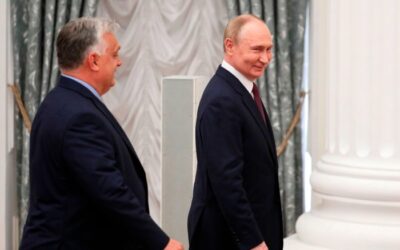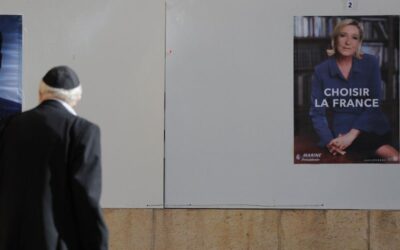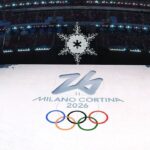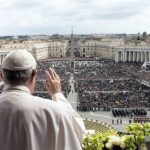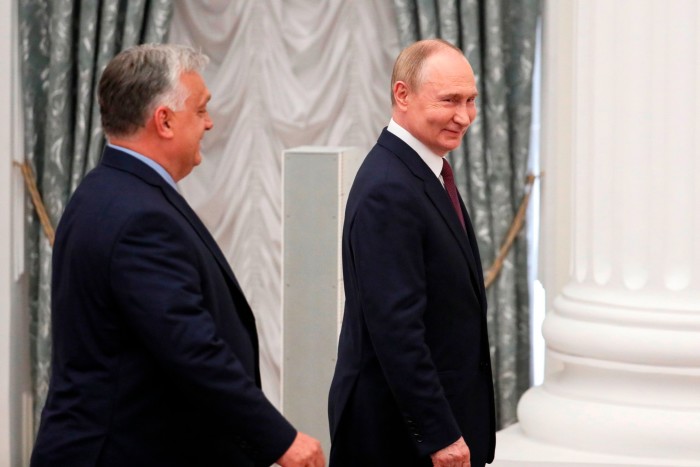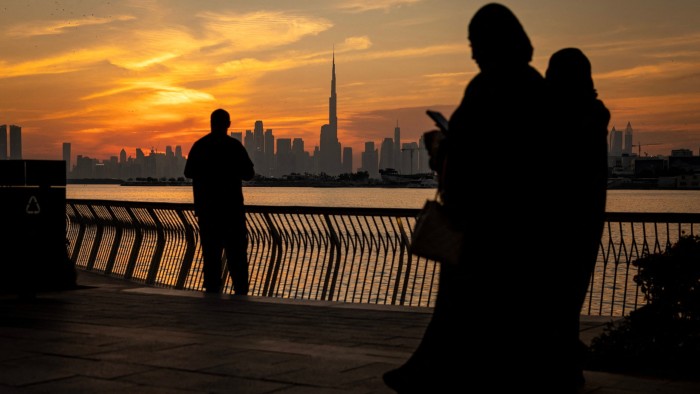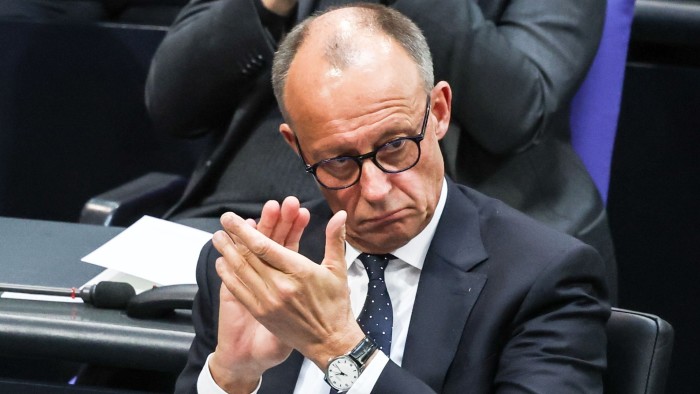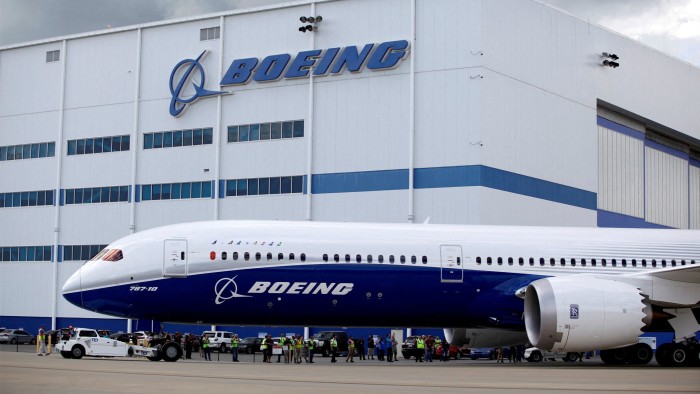Chicago in the Vatican: what America’s first pope means for the Catholic church
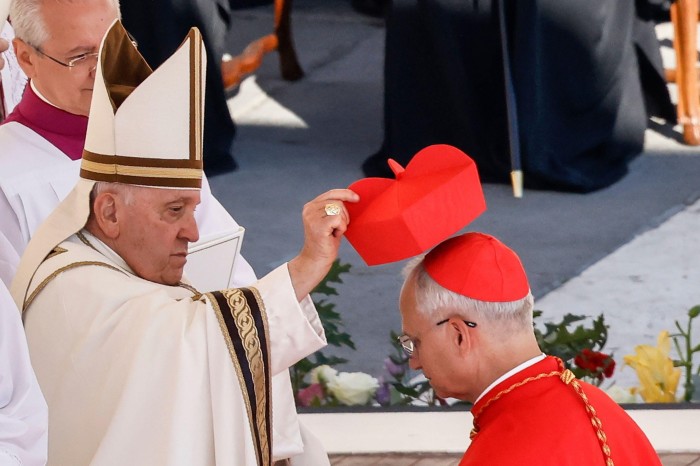
The white smoke that billowed from the Sistine Chapel on Thursday signalled the selection of a new pope — the first from America.
Thousands of miles away in Illinois, a sense of ecstasy greeted the man previously known as Robert Prevost, who now finds himself in one of the most scrutinised and powerful positions in the world, at a time of acute turbulence.
“I am floored, gobsmacked, surprised,” said Mark Piper, a parishioner at St Barnabas Church on Chicago’s South Side. “I did not expect an American pope.”
“There’s definitely a sense of pride in the fact he’s from Chicago,” said Father Sergio Romo, pastor of St Andrew Parish, of the pontiff born and raised in America’s third-biggest city.
“Leading up to the conclave, people would ask, ‘What are the chances of an American pope?’ and I conveyed the conventional wisdom, that that was a very slim possibility,” he said. “Quite a few people are calling me and saying, ‘Oh, you were wrong!’”
Prevost’s name had been circulating in recent weeks as a possible compromise candidate to succeed Pope Francis — but betting markets had put the Chicago man’s odds at less than 1 per cent.
Pope Leo XIV, as he will be known, faces an in-tray full of challenges including the Vatican’s precarious finances and demands to protect children from sexual abuse by priests.
He will also have to steer the church through the geopolitical turmoil stemming from his native US under President Donald Trump.
The Vatican has for decades viewed the US as an ally in upholding a liberal global order in the quest for religious freedom in more authoritarian regions. But Trump’s unpredictability has stoked anxiety in the Holy See.
Cardinals have chosen a leader who, while more ideologically aligned with his predecessor Francis’s relatively progressive world view, might confront the US president.
“Once, we needed to have a pope who would speak in favour of human rights in Russia and China,” said Massimo Faggioli, a professor of theology at Villanova University, where the pontiff studied. “You now need someone who can speak truth to American power.”
Born in Chicago in 1955, Prevost carved out a career in the church soon after leaving school. He studied mathematics at Villanova before going on to join the Order of St Augustine and being ordained as a priest at the age of 26.
His formative years were spent in Peru, where he worked for more than a decade in the archdiocese of Trujillo. Prevost moved up the ranks of a local church whose bishops were split between leftists, heavily influenced by Latin America’s liberation theology, and arch-conservatives with close ties to Opus Dei.
Prevost returned to Peru as a bishop from 2015 to 2023. There, he said in Spanish in his first speech as pope on Thursday, “a faithful people have accompanied their bishop and shared his faith”.
“He chose to be one of us, to live among us and to carry in his heart the faith, the culture and the dreams of this nation,” Peru’s president Dina Boluarte said in a televised speech on Thursday.
Prevost had caught the eye of Pope Francis, who appointed him as a bishop in 2015 and quickly promoted him. The Argentine pontiff summoned him to Rome in 2023 to head the powerful dicastery for bishop appointments — a job that allowed him to build networks across the global Catholic leadership.

Yet Prevost’s surprise ascension to the church’s top job — and leader of the world’s 1.4bn Catholics — has left onlookers trying to get to grips with his core beliefs and searching for clues to his leadership style.
His selection of the name Leo suggests Prevost will continue in the progressive vein of his predecessor. Leo XIII, pope at the turn of the 20th century, was the author of the Rerum Novarum encyclical letter, often considered the first step in the Catholic Church’s gradual acceptance of political modernity, and included a Christian defence of workers rights.
“He went all the way back to 1900 and picked Leo XIII,” said Greg Pierce, the publisher of ACTA Publications in Chicago. “That’s going to send a message to Donald Trump and his friends . . . This pope is not going to roll over for some kind of return to the old ways.”
But the new pontiff is also a member of the Augustinian order, which tends to espouse more traditional theological views.
“The conclave was torn, but Prevost was tolerable to both sides — the conservative and progressive champions,” said David Deane, who teaches Christian doctrine at the Atlantic School of Theology in Halifax, Canada.
“On the one hand he’s a critic of Trump and [US vice-president JD] Vance and their approach to immigration. He’s a defender of minorities, a supporter of the synodal way, and the environment. But he’s also been opposed to women deacons and priests, he’s a hardliner on abortion and is opposed to ‘gender ideology’.”

John Allen Jr, editor of the independent Catholic news website Crux, said the new pope would have a tightrope to walk between defending Catholic social teaching and keeping Washington and its influential “Maga” Catholics onside.
Pope Leo would have to “navigate between clearly defending” his values without damaging his relationship with the US government, Allen said.
“If you want to get anything done you have to work with them,” he added. “That will be an extraordinary delicate balance to strike.”
Additional reporting by Guy Chazan in Washington, James Fontanella-Khan in New York and Joe Daniels in Bogotá
